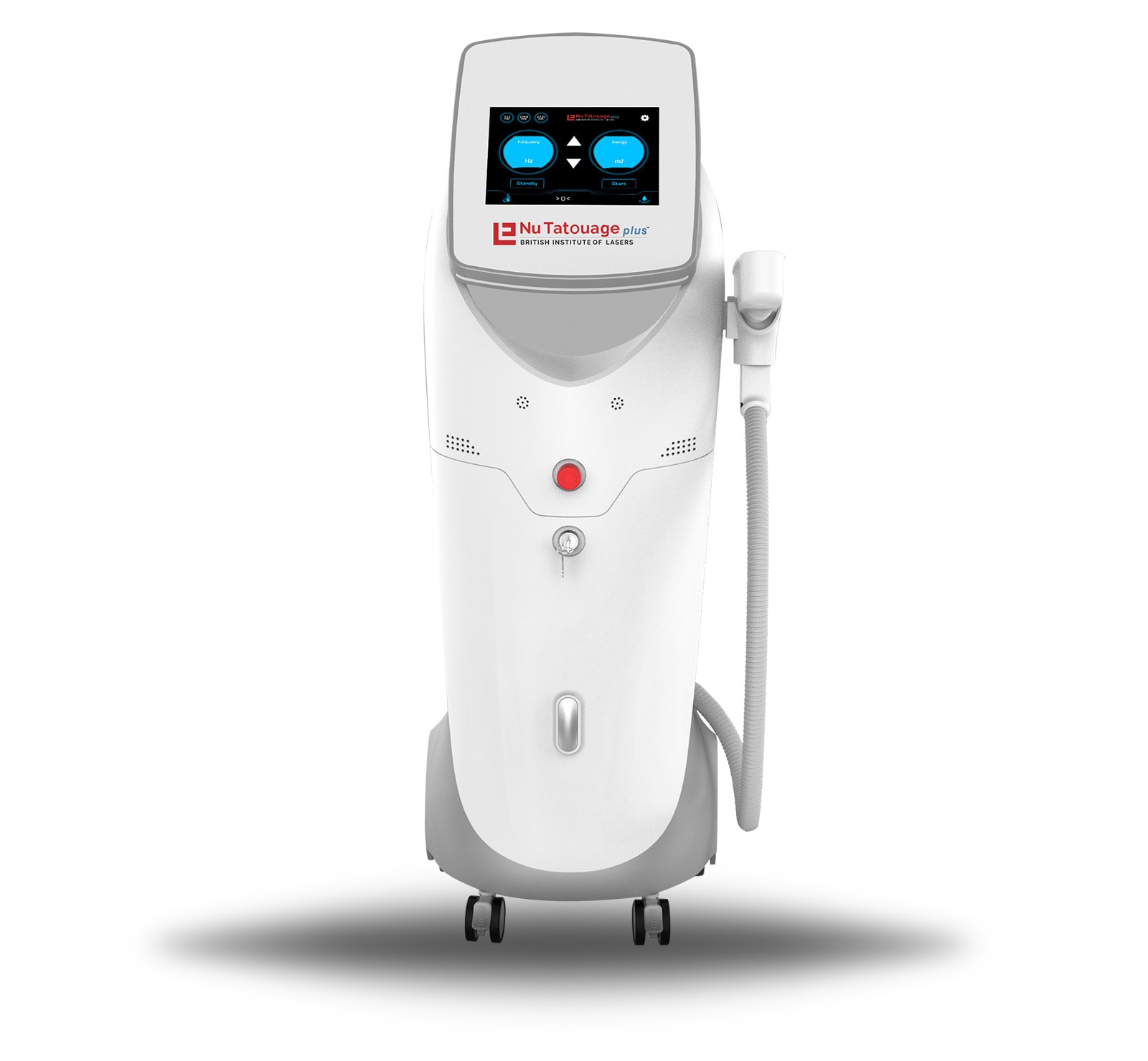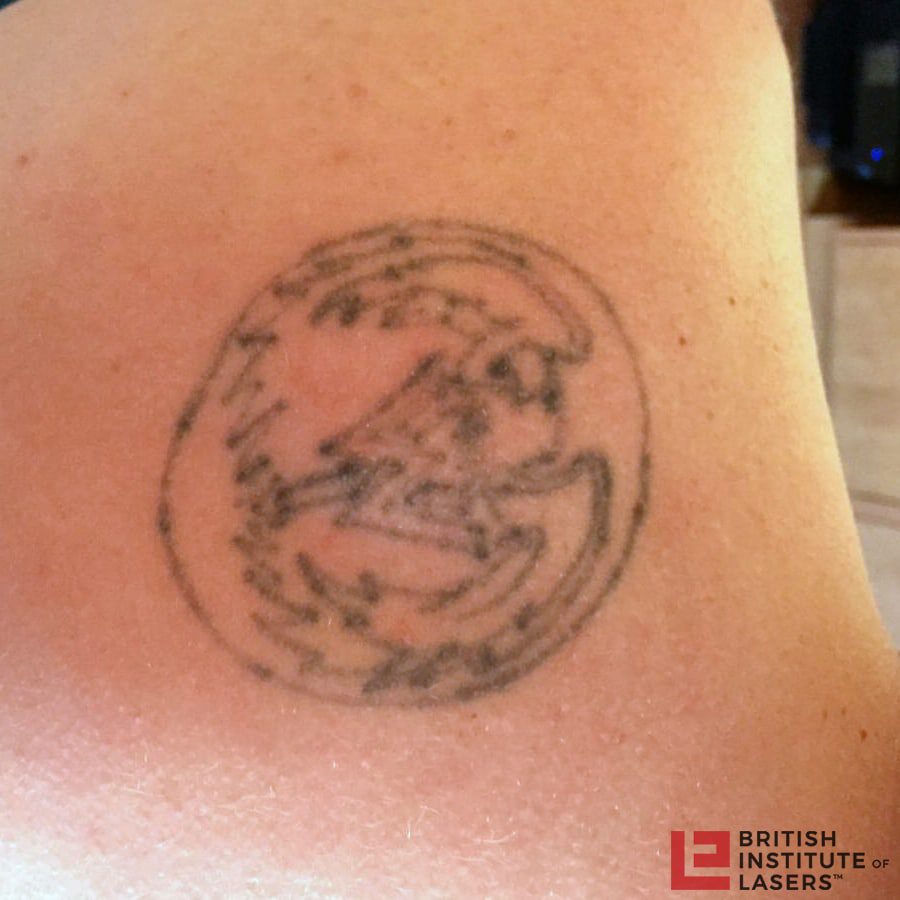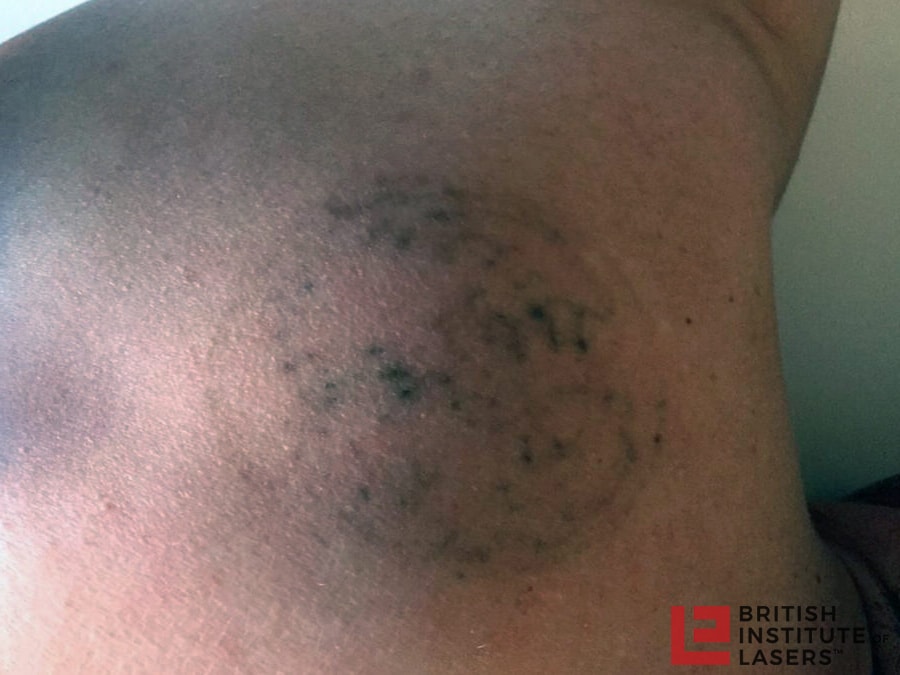How Long After Laser Tattoo Removal Will a Tattoo Fade?
Tattoos are considered a lifelong commitment and cannot be erased overnight if you suddenly change your mind about it. Unfortunately, not all tattoos are worth keeping a lifetime. Tattoo regret is a real thing, but it shouldn’t be forever. Modern technology has now made it possible to eliminate tattoos that either look bad or remind you of bad life decisions using laser tattoo removal.
Compared to other procedures, laser tattoo removal is safer, non-invasive, and provides a better result with significantly less damage to your skin. A lot of clinics now provide this service, making it more accessible for those needing such treatment. Keep in mind that this is not an instant fix, rather you’ll need to undergo several sessions before you can see visible results. For this article, we’ll explain how long it takes before a tattoo fades, what factors affect the process, and how you should care for your skin after each session.
How Does it Work?
Our body naturally breaks down some of the ink as part of the healing process, which is why tattoos start to look faded and imperfect after a few years. Laser tattoo removal works via a similar process. The laser emits beams that target the pigment of the tattoo ink and break it apart into fragments, making it easier for your body to reabsorb them. If done repeatedly, the tattoo will start to fade completely from your skin.
When Should You Expect Results?
Laser treatments need an ample amount of time to work with your body. Sessions are scheduled with an interval of six weeks minimum to allow your skin to heal between treatments and flush away ink particles little by little.
Results often vary, with some reporting a completely faded tattoo in just a few months while others take years. This is because there are several factors that affect the process, such as the age, location, color, and size of your tattoo. Older tattoos are quicker to remove, while fresh ones need time to heal first before attempting a removal process. Tattoos found near your chest also fade away faster than those in your hands and feet due to stronger blood circulation. Contrary to popular belief, tattoos with a darker colour often fade faster than lighter inked ones. Green ink also takes quite some time to completely remove, but clinics nowadays use powerful lasers that can take on this job quicker and more efficiently. Larger tattoos also require more sessions than smaller designs, so patience is needed especially if you want to remove a full sleeve.
How to Care for Your Skin After a Laser Tattoo Removal
Caring for your skin after each session is similar to tattoo aftercare. Your skin is very sensitive and may get swollen after a laser tattoo removal, so avoid irritating it or picking at your skin. Scabs rarely form but if they do, just let it peel off on its own after a few days. Sun can also cause damage to your healing skin so avoid exposure until it has completely recovered.





